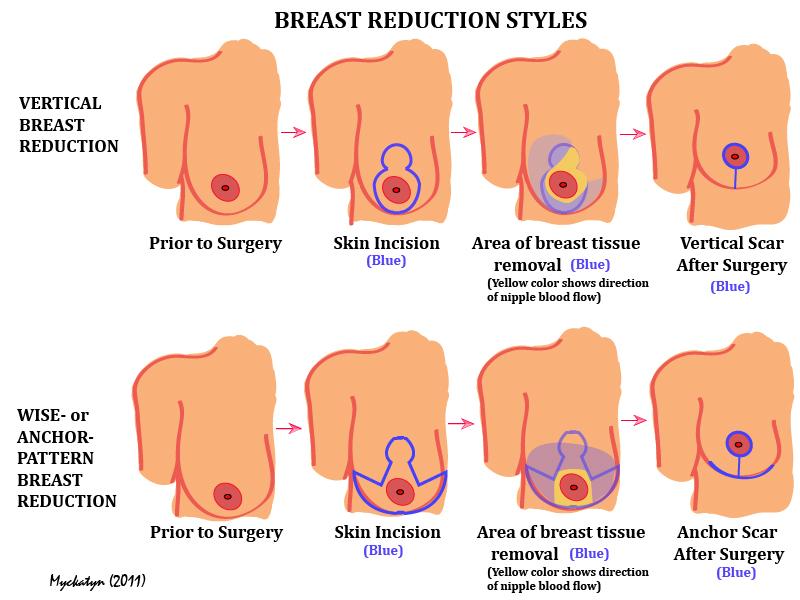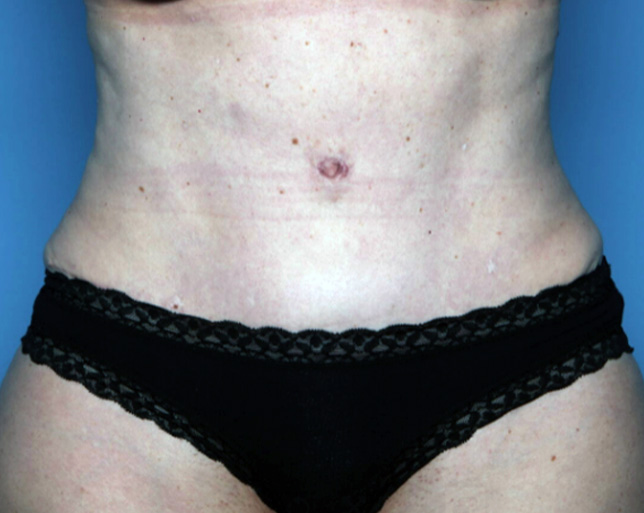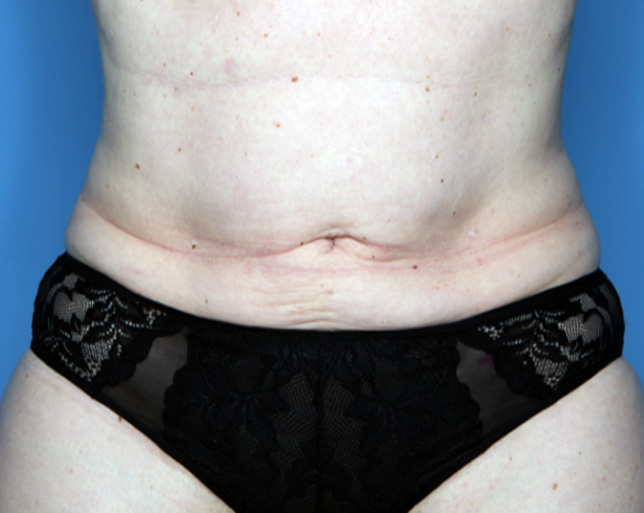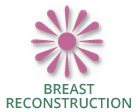Breast Reduction
How do I know if insurance will cover my breast reduction?
Insurance companies have a variety of criteria that they use to determine if a breast reduction will be covered by your plan. It is also important to remember that these criteria may change from year to year. Although an insurance company may be known to cover a certain procedure, they may have negotiated specific contracts with specific exemptions with your employer that could have excluded a breast reduction.
Your insurance company may wish to learn about some or all of the following criteria to determine if your procedure will be covered:
1. Signs and symptoms for which a breast reduction may be medically indicated. Insurance companies assign specific numeric codes to medical problems or symptoms called ICD-9 (International Classification of Diseases) codes. Large breasts (ICD-9: 611.1) can cause postural backaches (ICD-9: 724-5, 781.9), and upper back and neck pain (ICD-9: 724.1, 723.1). Skin irritation referred to as intertrigo (ICD-9: 695.89) as well as pressure leading to ulnar nerve parasthesias or numbness (ICD-9: 782.0) may also be related to excessively large breasts.
2. Body mass index (BMI). This is a number that is used to determine your weight status. It correlates your height and weight and should be used as a general guideline only. See the bottom of this document for information on the BMI and how to calculate it.
Some insurance companies will deny breast reduction surgery unless the BMI is <30, others <35, while others need to see documentation that the patient has attempted to lose weight in the past through diet, exercise or weight loss surgery. This is because breast size may decrease with weight loss.
3. Weight of breast tissue removed. Most insurance companies will want to know the weight of breast tissue the plastic surgeon believes he or she can remove during a breast reduction. This number may be 450 grams, 500 grams or 600 grams. Some companies have a more detailed approach to avoid penalizing patients who are of smaller stature but who have proportionately smaller breasts. These companies will correlate the body surface area (BSA) with the weight of the specimen removed. So, in these cases, for small individuals the amount of volume that needs to be removed for coverage may only be 325 grams, whereas for larger individuals this weight may need to approach 1,000 grams.
4. Breast reduction to match a breast treated for breast cancer. A breast reduction is also covered if it is to balance a healthy but larger breast with the other breast that has been affected by breast cancer and its treatment. This is protected by the Women’s Health and Cancer Rights Act of 1998. This ensures reconstructive treatment of the affected breast as well as balancing procedures to match the healthy breast to the reconstructed breast. This may include a breast reduction of any size.
5. Supportive letter from another physician or health care provider. Although a plastic surgeon should perform your breast reduction, he or she is likely to have just met you for the first time during consultation. Your insurance company may request supportive letters from other health care providers to support the request that a breast reduction will treat your medical symptoms. This supportive letter may also serve to document that attempts at weight loss, exercise and physical therapy have already been made to treat the symptoms of excessively large breasts. It may also be necessary to document cases of rashes or intertrigo.
6. Photograpy and measurements. Your plastic surgeon may submit de-identified photos of you as well as specific measurements to quantify the size of your breasts relative to your frame to provide further evidence that a breast reduction may be medically indicated.
More information on the Body Mass Index (BMI):
The BMI can be calculated as :
BMI = ([weight in pounds] x 703)/(height in inches)2
BMI = (weight in kilograms)/(height in inches)2
In general, a BMI <18.5 means you are underweight, 18.5-24.9 is normal, 25-29.9 is overweight, while >30 is obese. This is not a perfect measure since it does not take into account things like percent body fat. Some professional athletes with very little body fat but a lot of muscle mass are categorized as obese on this scale.

Dr. Terry Myckatyn and
Dr. Marissa Tenenbaum:
Trusted. Experienced. Committed.
Where are the scars, and what tissues are removed in a breast reduction?
Breast reduction surgery usually requires the nipple and areola to be raised and for extra skin in the lower breast to be removed. So breast reduction surgery requires that an incision be made around the nipple and areola to reposition them as well as under the breast to remove redundant skin. A vertical breast reduction limits scars to around the areola and a single vertical scar below it. A Wise-pattern breast reduction, used for particularly large breasts with large amounts of extra skin, also includes an incision on the undersurface of the breast and is sometimes referred to as an “anchor” scar.

How does pregnancy affect a breast reduction?
Breast reductions can be performed in women before having had any children
If you are an appropriate candidate, a breast reduction can be performed before you become, or are actively planning to become, pregnant – particularly if the breasts cause functional problems like back and shoulder pain, or hygiene issues. If you are interested in breast-reduction surgery after pregnancy, then you will need to delay surgery for several months after you are finished lactating. This is to reduce the risk of infections and cysts after breast-reduction surgery. If you are between pregnancies, and are planning to have more children in the not-too-distant future, then you may choose to hold off on breast-reduction surgery until you are finished having children. This is because subsequent pregnancies are progressively more likely to add size and change the shape of your breast even after breast reduction surgery. By waiting, a more long-lasting result can be achieved, and may save you from wanting “touch-up” surgeries that ultimately add recovery time.
Your surgeon cannot guarantee that a future pregnancy wont’t negatively impact the results of your surgery. After a breast reduction, you need to understand that a breast reduction will not protect against the natural changes that may occur to the breast after pregnancy. For example, if you have a breast reduction, then become pregnant or gain weight for any reason, your breasts may increase in size.
Breast reduction surgery and breastfeeding. Any surgery on your breasts can affect your ability to breastfeed in the future. A breast reduction is likely to reduce or even prevent you from normal breastfeeding afterwards. If you are unsure about your future desire to breastfeed, you should discuss this with your board-certified plastic surgeon.
If you have questions or would like to book a consultation with one of the surgeons at West County Plastic Surgery, please call (314) 996-8800.













